Home>Garden Essentials>Garden Storage>Garden Shade Ideas: Simple Design And Planting Tips
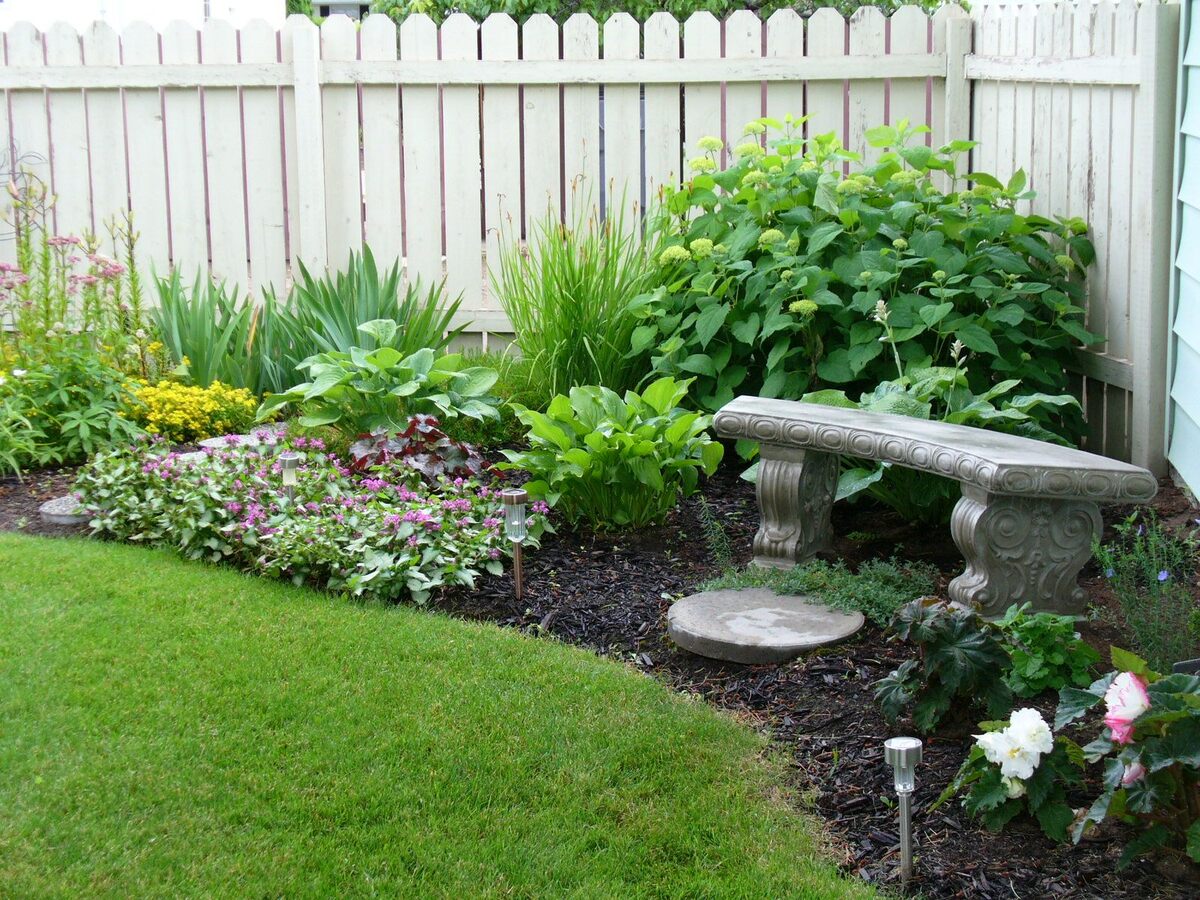

Garden Storage
Garden Shade Ideas: Simple Design And Planting Tips
Modified: September 1, 2024
Get creative with your garden shade ideas! Discover simple designs and planting tips for your storage needs. Transform your space with these easy and practical solutions.
(Many of the links in this article redirect to a specific reviewed product. Your purchase of these products through affiliate links helps to generate commission for Storables.com, at no extra cost. Learn more)
Introduction
Welcome to the wonderful world of gardening! As you embark on your journey to create a beautiful outdoor space, one essential element to consider is providing adequate shade. Whether you live in a hot, sunny climate or simply want a cozy spot to relax and escape the summer heat, incorporating garden shade can significantly enhance your outdoor experience.
In this article, we will explore various garden shade ideas and provide you with simple design and planting tips to transform your outdoor oasis. From structures and trees to plants and accessories, we will cover it all to help you create a shaded haven that suits your style and needs.
So, grab your gardening gloves and let’s dive into the world of garden shade!
Key Takeaways:
- Create a shaded oasis by strategically choosing structures, trees, vines, and accessories to enhance your garden’s beauty and functionality while providing relief from the sun’s rays.
- Incorporate water features and shade fabrics to add tranquility and style to your outdoor space, creating a cool and inviting retreat for relaxation and enjoyment.
Choosing the Right Garden Shade
The first step in creating a shaded area in your garden is choosing the right type of shade to fit your specific needs. Consider the following factors when selecting your garden shade:
- Sun Exposure: Assess the amount of sunlight your garden receives throughout the day. This will help you determine the level of shade required to provide relief from the sun’s rays. For areas with intense sunlight, you may need denser shade options, while areas with partial shade can benefit from lighter shading solutions.
- Functionality: Determine the purpose of your shaded area. Are you looking for a comfortable spot to lounge and relax? Or do you need a shaded space for outdoor dining? Understanding how you plan to use the area will influence the type and size of shade structure you choose.
- Style and Aesthetics: Consider the overall design and aesthetics of your garden. Choose a shade solution that seamlessly integrates with the existing landscape and complements the overall aesthetic appeal. The shade should enhance the beauty of your garden while providing relief from the sun.
- Maintenance and Durability: Evaluate the maintenance requirements and durability of different shade options. Some structures may require regular upkeep, while others are more low-maintenance. Additionally, consider the durability of the materials used to ensure your garden shade lasts for years to come.
By taking these factors into account, you can make an informed decision about the type of garden shade that best suits your needs and blends harmoniously within your outdoor space.
Creating Shade with Structures
Structures are a popular and versatile way to create shade in your garden. They not only provide relief from the sun but also add architectural interest and define outdoor living spaces. Here are some structures that you can consider for your garden shade:
- Pergolas: Pergolas are open-roofed structures with supporting columns that create partial shade. They are perfect for adding definition to outdoor seating areas or walkways. You can train climbing plants such as vines or roses to grow over the pergola, further enhancing the shade and adding a touch of beauty to your garden.
- Gazebos: Gazebos are fully covered structures that provide complete shade and protection from the elements. They are ideal for creating a cozy outdoor seating or dining area. Depending on your preferences, you can choose from various shapes, sizes, and materials to match your garden’s style.
- Shade Sails: Shade sails are modern and versatile shade structures that come in different shapes and sizes. Made from durable fabric, they can be suspended between posts or anchored to walls to create a unique and stylish shaded area in your garden.
- Arbors: Arbors are smaller structures that typically feature an arched top and are often used as an entrance to a garden or pathway. They can also provide partial shade when adorned with climbing plants.
When choosing a shade structure, consider the size and layout of your garden, as well as the overall aesthetic you want to achieve. Remember to select materials that are weather-resistant and durable to withstand the elements.
By incorporating structures into your garden, you not only create shade but also add focal points and architectural beauty to your outdoor space.
Using Trees and Shrubs for Shade
One of the most natural and visually appealing ways to introduce shade into your garden is by utilizing trees and shrubs. Not only do they provide relief from the sun, but they also bring beauty and lushness to your outdoor space. Here are some tips for using trees and shrubs for shade:
- Selecting the Right Trees: Choose trees that are known for their shade-producing capabilities and suitability to your climate. Native species and trees with a wide canopy are often excellent choices. Consider factors such as growth rate, mature height, and spread to ensure the tree fits well in your garden.
- Strategic Placement: Identify the areas in your garden where you need shade the most, such as outdoor seating areas or where the sun is harshest during the day. Plant trees strategically to create natural shade in these locations. Take into account the direction of the sun’s rays throughout the day and how the shade will move and shift accordingly.
- Layering with Shrubs: Complement the shade provided by trees by planting shrubs underneath or around them. Shrubs can add depth and density to the shade, creating a more comfortable and visually appealing environment. Choose shrubs that thrive in partial or full shade, and consider their growth habit and mature size to ensure they don’t overcrowd the area.
- Pruning and Maintenance: Proper pruning and maintenance of trees and shrubs are essential for maintaining their health and appearance. Regularly trim back branches to allow for optimal airflow and shade diffusion. Additionally, removal of dead or diseased branches will promote the overall health of the plants.
Remember, trees and shrubs provide long-term and sustainable shade solutions. However, they require patience and time to reach their full shade potential. With careful planning and nurturing, these natural shade providers can transform your garden into a cool and serene sanctuary.
Adding Shade with Vines and Climbers
If you’re looking for a more dynamic and versatile approach to creating shade, consider using vines and climbers. These beautiful and fast-growing plants can be trained to climb walls, trellises, pergolas, and other garden structures, providing a natural and lush shade solution. Here are some tips for adding shade with vines and climbers:
- Selecting the Right Vines: Choose vines that are well-suited to your climate and the specific conditions of your garden, such as sunlight exposure and soil type. Popular shade-providing vines include honeysuckle, wisteria, jasmine, climbing roses, and clematis.
- Training and Supports: Vines need a support system to climb and create shade. Install trellises, arbor structures, or wire frames to guide the growth of the vines. Regularly train the vines by gently tying them to the supports as they grow. Be mindful of not overcrowding the structure, allowing enough space for airflow and aesthetic appeal.
- Regular Pruning: Pruning is essential to maintain the health and shape of the vines. Remove any dead or weak growth and thin out dense areas to encourage airflow and prevent disease. Pruning will also promote new growth and ensure the vines are well-manicured and controlled.
- Planting Combinations: Consider planting shade-loving perennials or annuals at the base of the vines to create a layered effect. Plants such as hostas, ferns, and impatiens can thrive in the shade provided by the vines, adding color and texture to your garden.
Vines and climbers not only create shade but also add a sense of drama, beauty, and vertical interest to your garden. They can transform ordinary structures into enchanting and cool retreats, providing a charming ambiance for outdoor relaxation and enjoyment.
When designing a garden shade, consider using a simple pergola or arbor to provide structure and support for climbing plants like vines or roses. This will create a natural and beautiful shade for your garden.
Utilizing Shade-loving Plants
When it comes to creating shade in your garden, don’t overlook the power of shade-loving plants. These plants are specifically adapted to thrive in low-light or partial shade conditions, making them ideal for areas where direct sunlight is limited. Here are some ideas for utilizing shade-loving plants:
- Ground Covers: Use shade-loving ground covers to create a lush and green carpet under trees or in shaded areas of your garden. Plants like ferns, ajuga, vinca, and sweet woodruff are excellent choices for adding texture and depth to the shaded regions of your garden.
- Hostas: Hostas are popular shade-loving plants known for their beautiful foliage. With a wide variety of leaf colors, shapes, and sizes, they can add a dramatic and striking element to your shaded areas. Plant them in groups or mix and match different varieties for a visually appealing display.
- Begonias: Begonias come in a range of types, including fibrous, tuberous, and rhizomatous. These versatile plants offer colorful blooms and attractive foliage, making them perfect for adding a splash of color to shady spots in your garden.
- Ferns: Ferns thrive in the cool, moist conditions of shade. With their delicate fronds and varying textures, they can create a serene and woodland-like atmosphere in your garden. Maidenhair ferns, Boston ferns, and Japanese painted ferns are popular choices for adding elegance to shaded areas.
When selecting shade-loving plants, consider their specific light requirements and growth habits. Some plants may prefer full shade, while others can tolerate dappled or partial shade. Arrange plants with similar light requirements together to ensure they receive the optimal growing conditions.
By incorporating shade-loving plants, you not only create shade but also introduce a diverse range of foliage and blooms to add beauty and interest to your garden’s shaded areas.
Incorporating Water Features for Cooling Effect
Enhance the cooling effect in your garden’s shaded area by incorporating water features. Water not only adds a sense of tranquility and beauty to your outdoor space but also helps to naturally cool the surrounding area. Here are some ideas for incorporating water features:
- Fountains and Waterfalls: Install a fountain or a waterfall in your shaded area to create a soothing sound and a visual focal point. The sound of flowing water can have a calming effect and helps to mask the noise from the surrounding environment, creating a peaceful oasis.
- Ponds and Streams: If you have the space, consider creating a small pond or stream in your garden. The sight and sound of running water can instantly cool the atmosphere and create a refreshing ambiance. You can even introduce aquatic plants and fish to add life and interest to the water feature.
- Misting Systems: Install a misting system in your shaded area to create a fine mist of water that can lower the temperature and provide a refreshing sensation. Misting systems are particularly useful in hot and dry climates where evaporation can quickly cool down the surrounding air.
When incorporating water features, it’s important to consider the layout of your garden and the available space. Ensure the water feature is proportionate to the size of the area, and choose materials that complement your garden’s style.
In addition to the cooling effect, water features also attract birds and other wildlife to your garden, adding another layer of beauty and biodiversity to your outdoor space.
Designing with Shade Fabrics and Umbrellas
For a versatile and easily adjustable shade solution, consider incorporating shade fabrics and umbrellas into your garden design. These portable options allow you to create shade where and when you need it. Here are some tips for designing with shade fabrics and umbrellas:
- Shade Sails: Shade sails are large pieces of fabric that can be stretched tightly between anchor points to create a shaded area. They come in various shapes and sizes, allowing you to customize the coverage and fit your garden’s layout. Shade sails are particularly useful for providing shade over outdoor seating areas, play spaces, or patios.
- Umbrellas: Patio umbrellas are a popular and versatile shade option. They are available in a variety of sizes, styles, and colors to suit your design preferences. Patio umbrellas can be easily moved and adjusted to provide shade exactly where you need it. Additionally, some umbrellas offer features such as tilting and rotating mechanisms for maximum flexibility.
- Retractable Awnings: If you prefer a more permanent shade solution, consider installing retractable awnings. These can be attached to the exterior of your home or other structures and can be extended or retracted as needed. Retractable awnings provide shade over a specific area and can be adjusted to allow for more or less sunlight depending on your preferences.
When selecting shade fabrics or umbrellas, consider the quality of the materials used. Look for fabrics that are UV resistant and durable, ensuring they can withstand the outdoor elements. Additionally, choose colors and patterns that complement your garden’s aesthetic and create an inviting atmosphere.
The flexibility and mobility of shade fabrics and umbrellas make them a convenient choice for creating shade in various areas of your garden. Whether you need shade over your patio, near a pool, or within your outdoor seating area, these portable options provide both functionality and style.
Enhancing Shade with Garden Accessories
Enhance the shade in your garden by incorporating various accessories that not only provide relief from the sun but also add style and functionality. Here are some ideas for enhancing shade with garden accessories:
- Outdoor Curtains: Install outdoor curtains around your shaded area to create a cozy and private retreat. Choose curtains made from weather-resistant materials that can withstand outdoor conditions. You can easily open or close the curtains to adjust the amount of shade and privacy you desire.
- Hanging Plants and Baskets: Hang plants and baskets filled with shade-loving flowers and foliage from pergolas, arbors, and other structures. Not only will they add a decorative touch, but they will also provide additional shade and a pop of color to your outdoor space.
- Outdoor Rugs: Place outdoor rugs under seating areas or dining sets to define spaces and add comfort. Opt for rugs made from weather-resistant materials that can withstand the elements. Rugs can help reduce the heat that radiates from the ground and create a cooler surface to walk on.
- Outdoor Furniture: Invest in outdoor furniture that provides shade and comfort. Look for pieces with built-in umbrellas or canopies for added protection from the sun. Choose materials that are durable and resistant to outdoor conditions while also reflecting your personal style.
- Shade-loving Decorations: Enhance the shade in your garden with decorative elements specifically designed for shading purposes. Consider items such as shade sails, pergola covers, or retractable canopies that can be easily installed to provide additional shade over seating areas or outdoor lounges.
When selecting garden accessories, consider both their functionality and aesthetic appeal. Choose items that are practical, durable, and complement the overall design of your garden. By incorporating these accessories, you can create a shaded and inviting outdoor space where you can relax and enjoy the beauty of your garden.
Read more: How To Design A Shade Garden
Conclusion
Creating shade in your garden is not only practical but also enhances the overall beauty and functionality of your outdoor space. Whether you’re seeking relief from the scorching sun or simply want to create a cozy nook to relax and unwind, implementing the right shade solutions can transform your garden into an oasis of comfort and tranquility.
Throughout this article, we have explored various garden shade ideas, including structures, trees and shrubs, vines and climbers, shade-loving plants, water features, shade fabrics and umbrellas, and garden accessories. Each of these elements offers unique advantages and can be tailored to suit your specific needs and preferences.
When choosing the right garden shade options, it is important to consider factors such as sun exposure, functionality, style, and maintenance. By carefully assessing these factors, you can select the shade solutions that will not only provide relief from the sun but also seamlessly blend with your garden’s design and aesthetics.
Remember, gardening is a creative and personal journey. Don’t be afraid to experiment and explore different shade options to find what works best for your unique space. With your creativity, knowledge, and a touch of green thumb, you can craft a shaded sanctuary that brings joy and respite to your outdoor haven.
So, go ahead and start transforming your garden into a cool and inviting retreat where you can bask in the beauty of nature while staying protected from the sun’s rays. Your garden shade journey awaits!
Frequently Asked Questions about Garden Shade Ideas: Simple Design And Planting Tips
Was this page helpful?
At Storables.com, we guarantee accurate and reliable information. Our content, validated by Expert Board Contributors, is crafted following stringent Editorial Policies. We're committed to providing you with well-researched, expert-backed insights for all your informational needs.
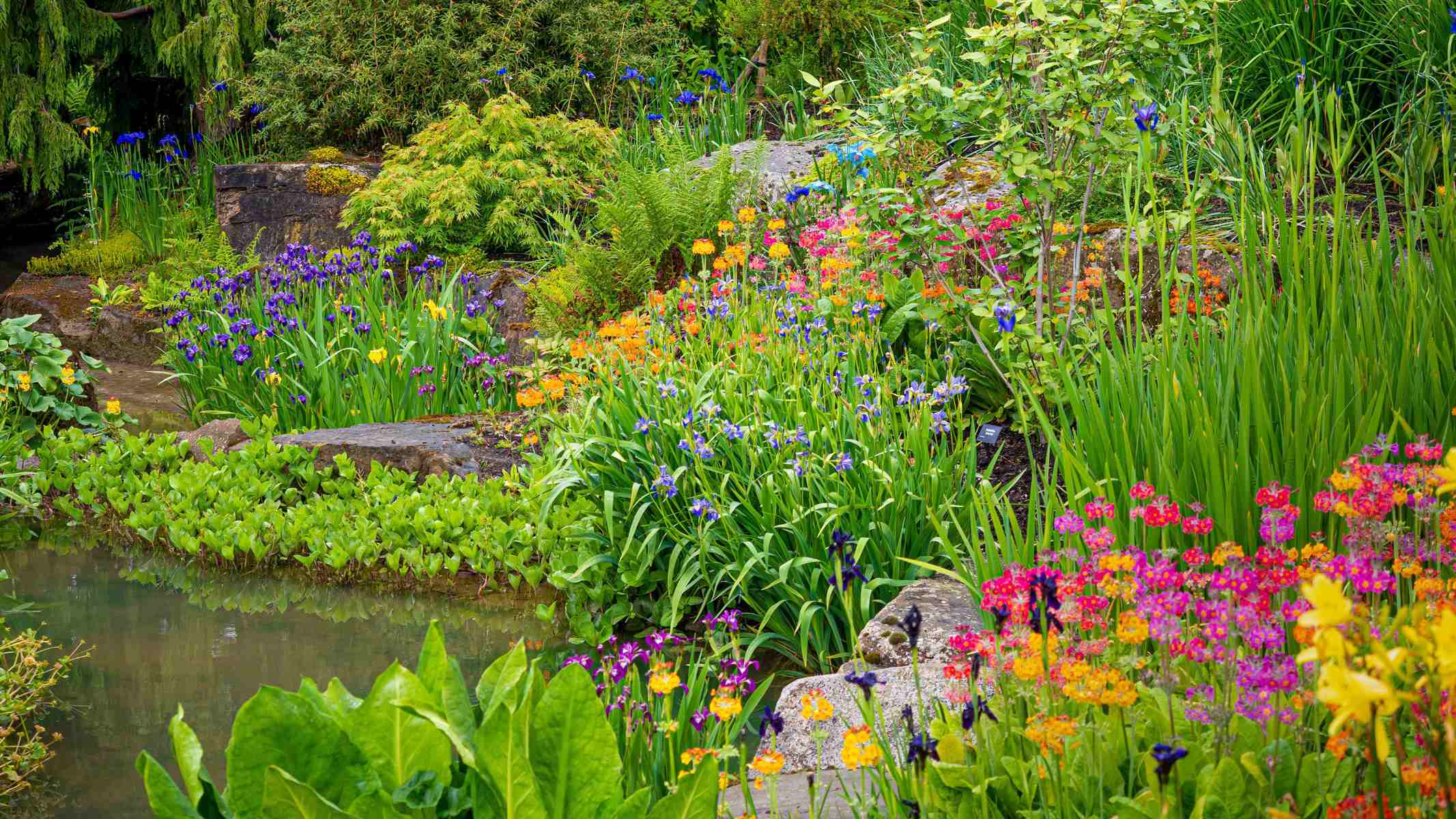
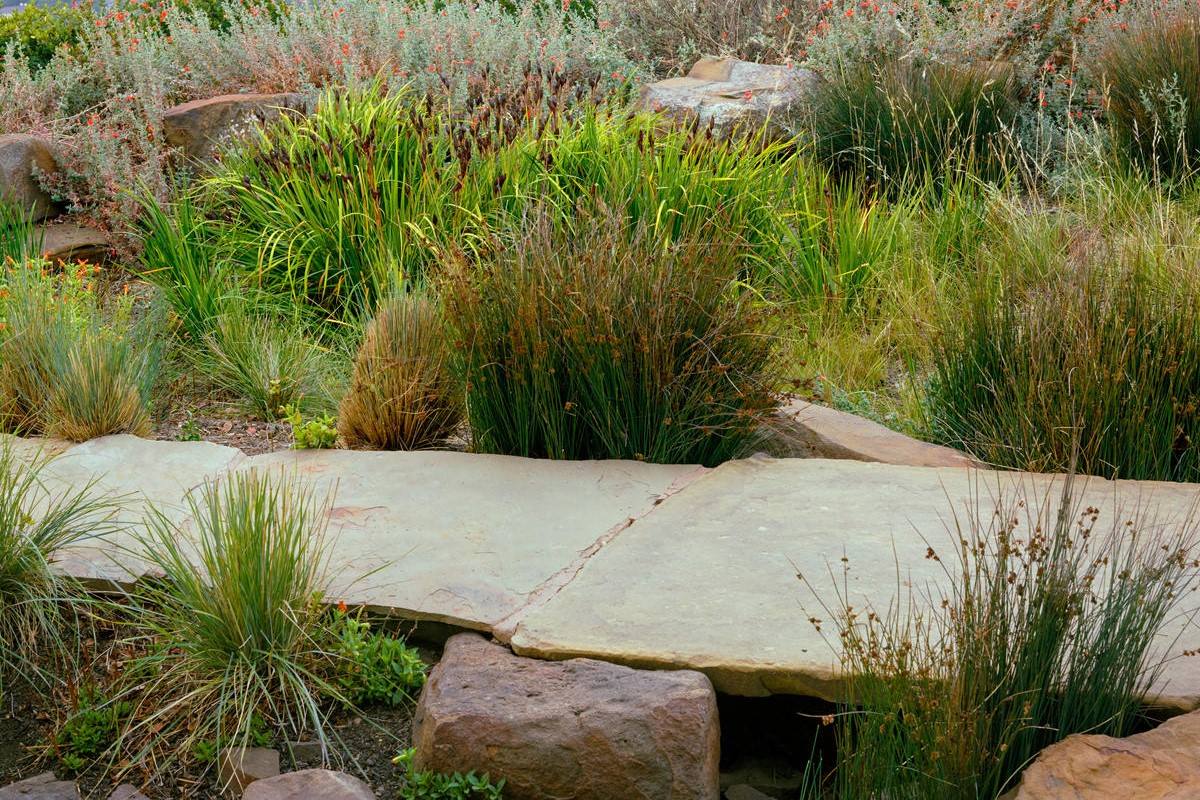
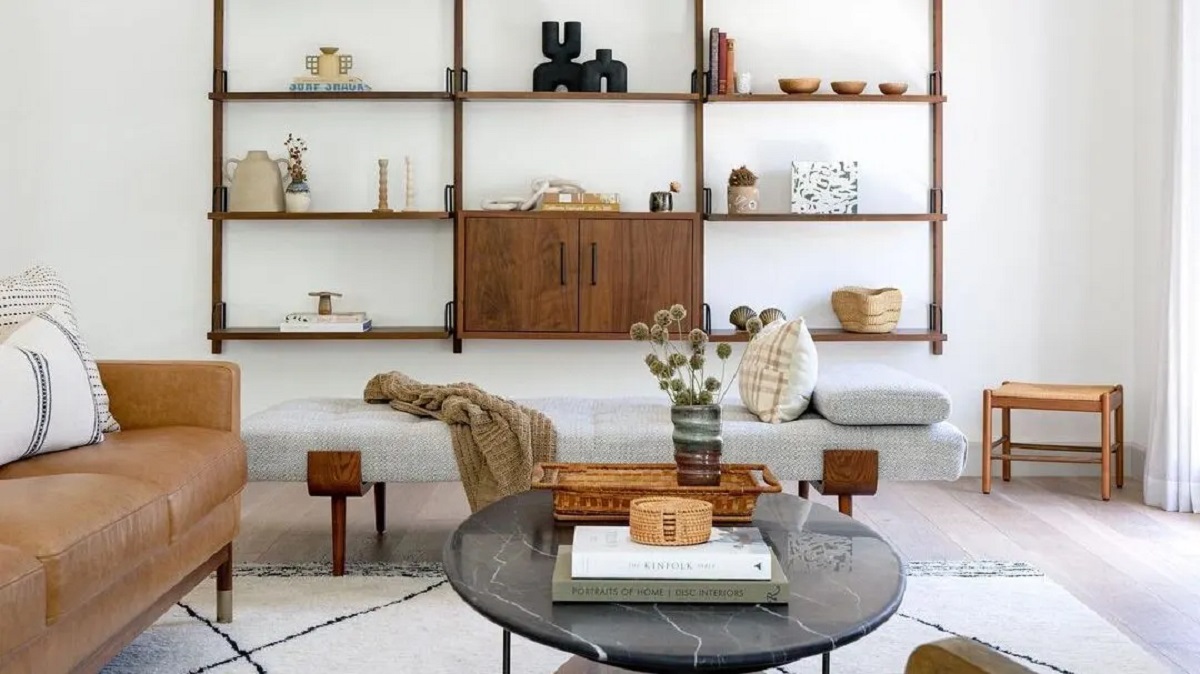
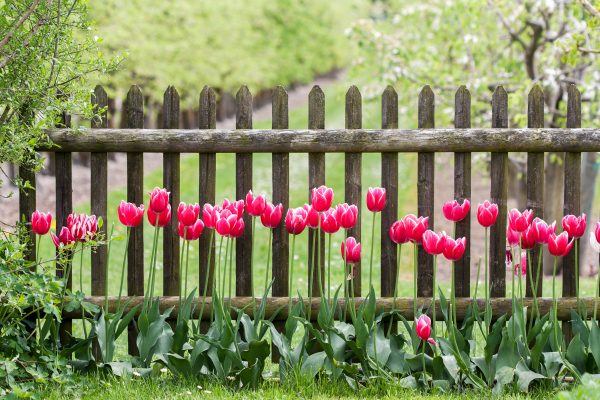
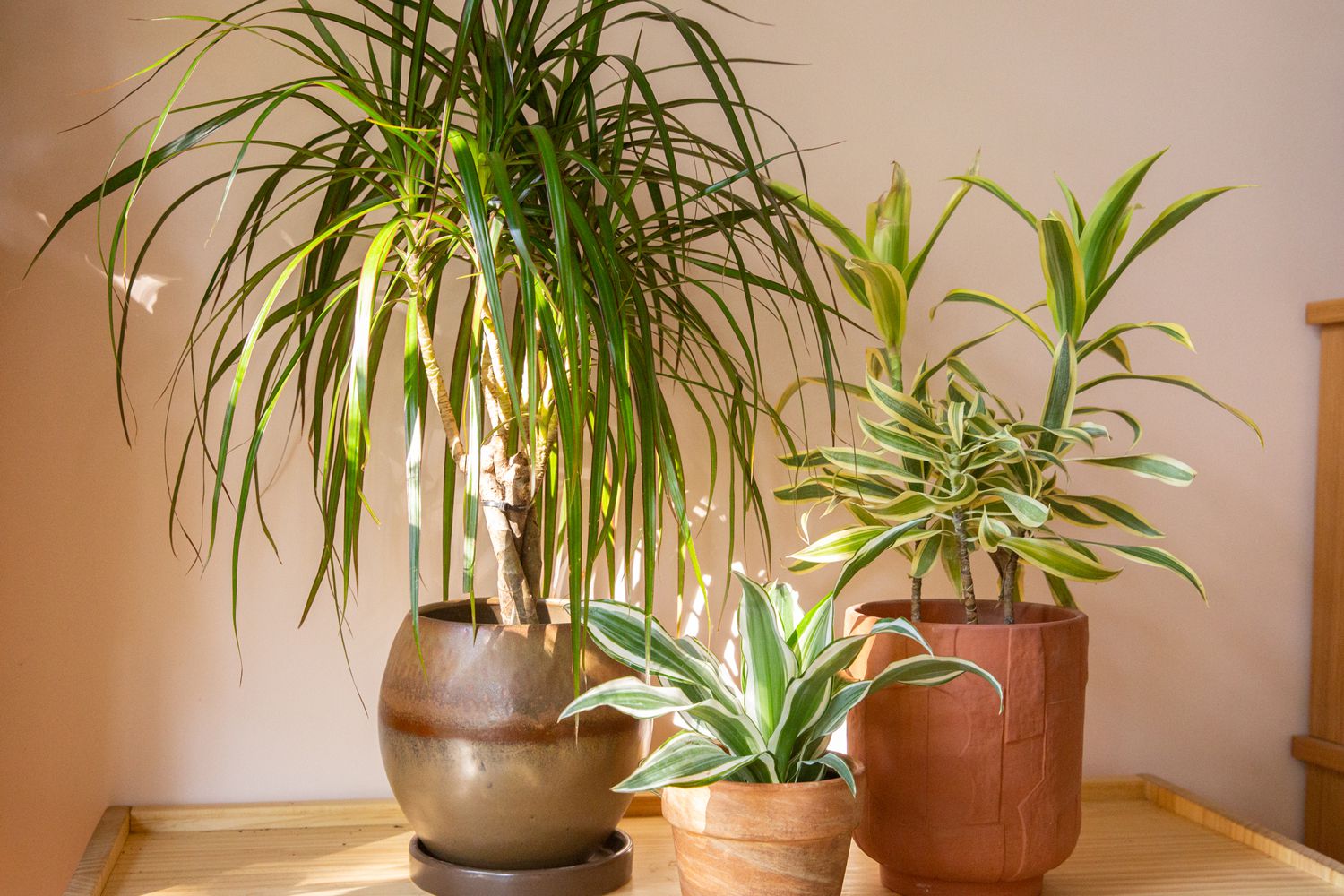
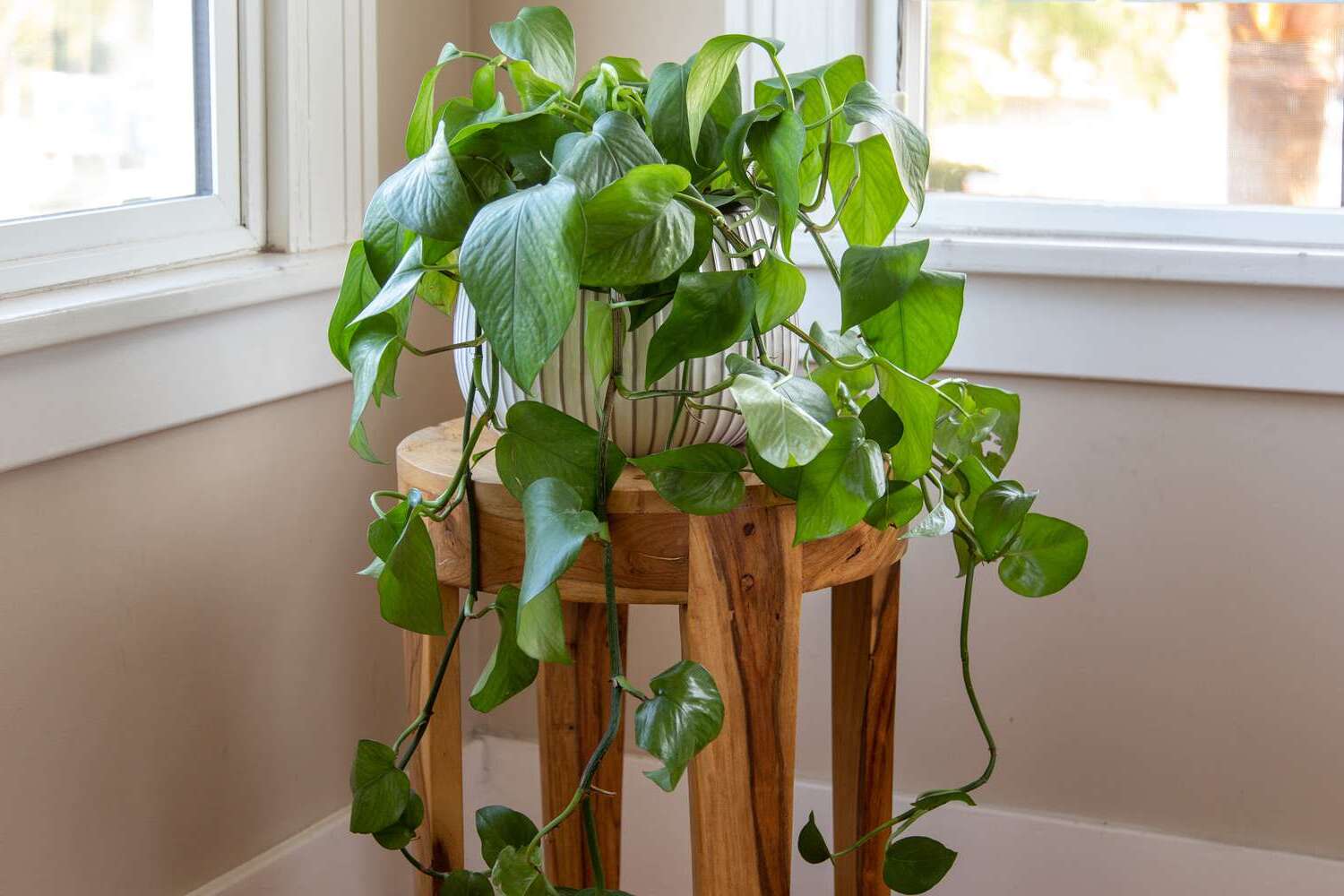
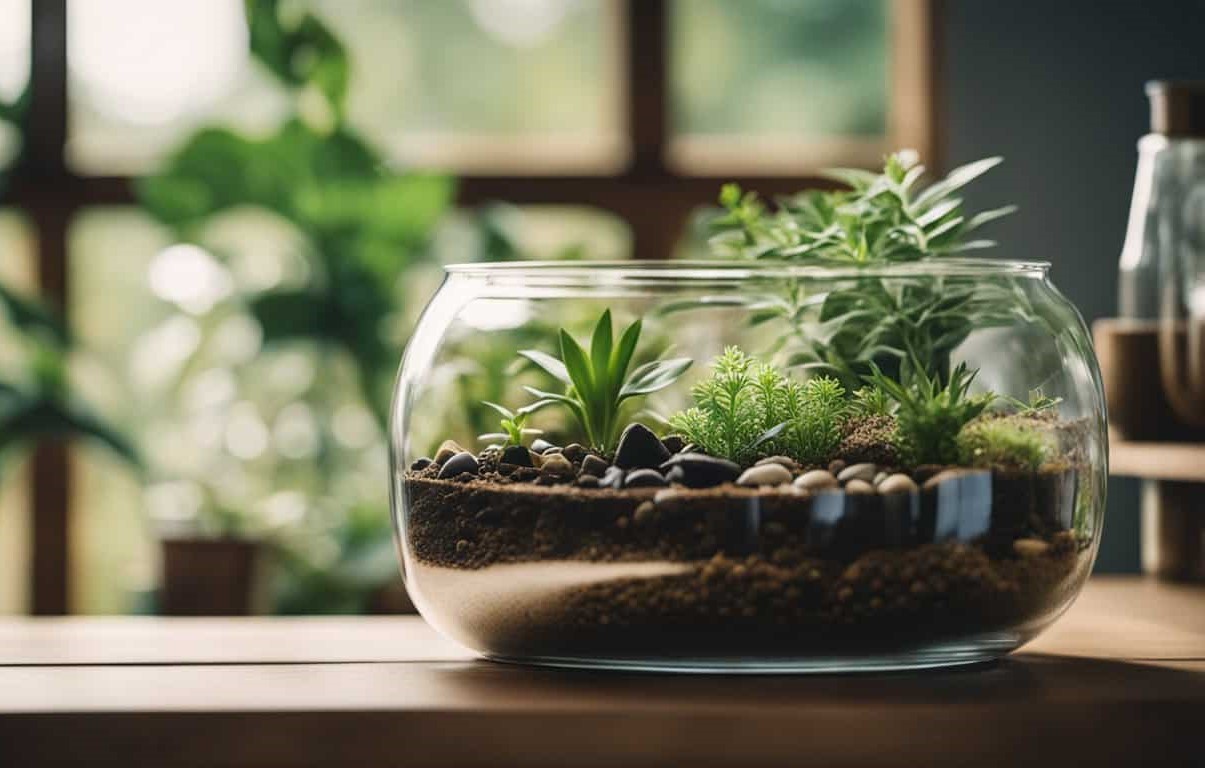
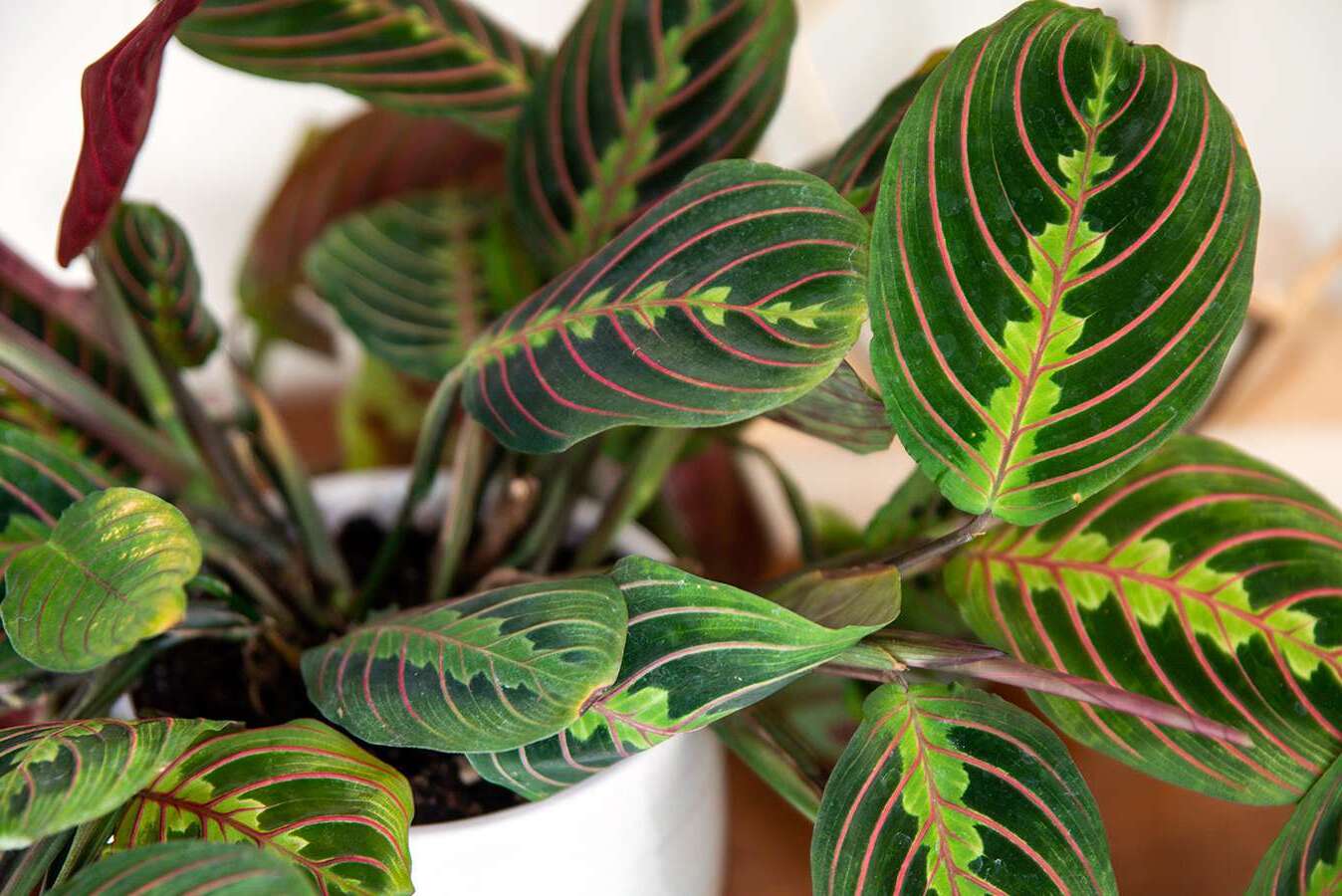
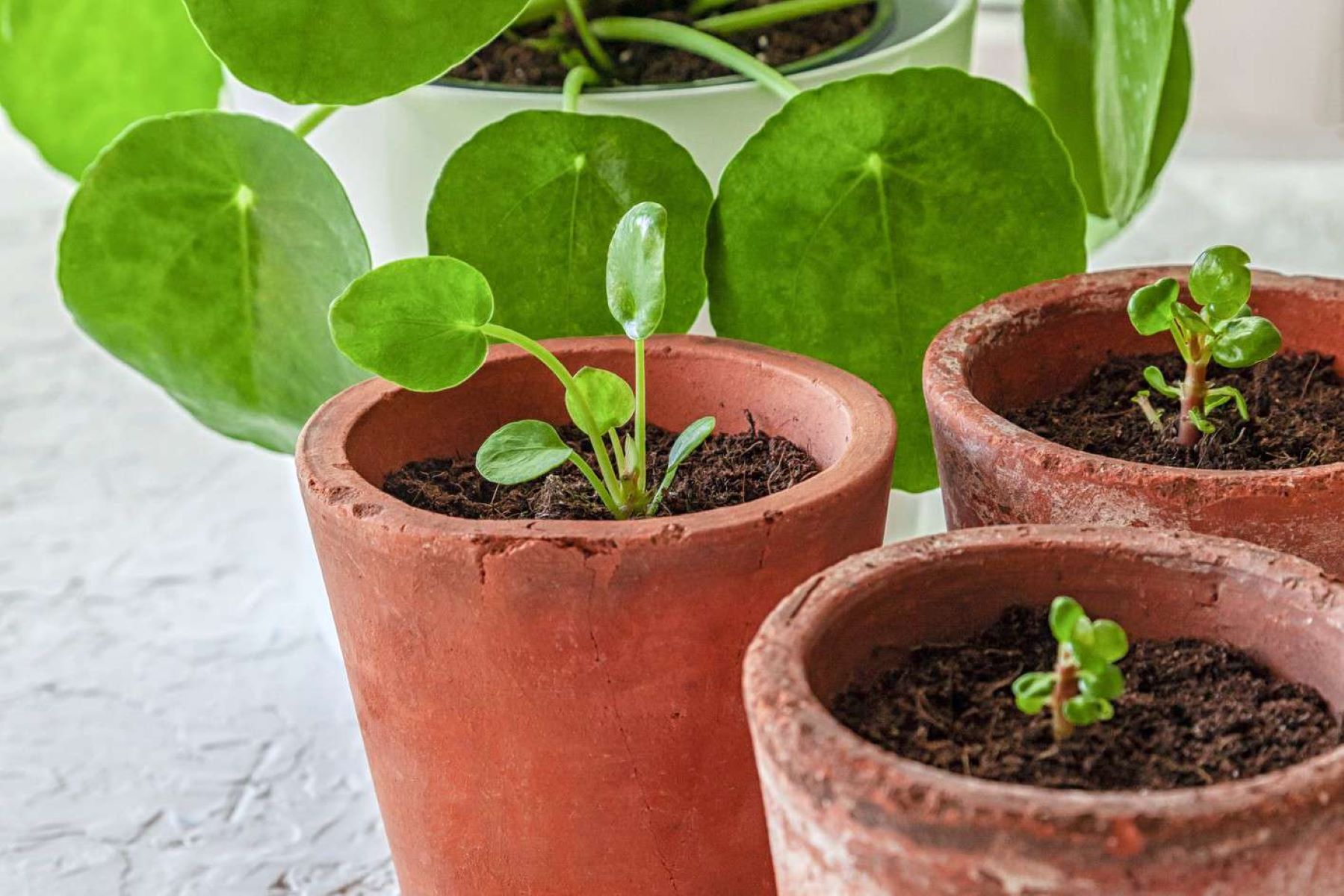
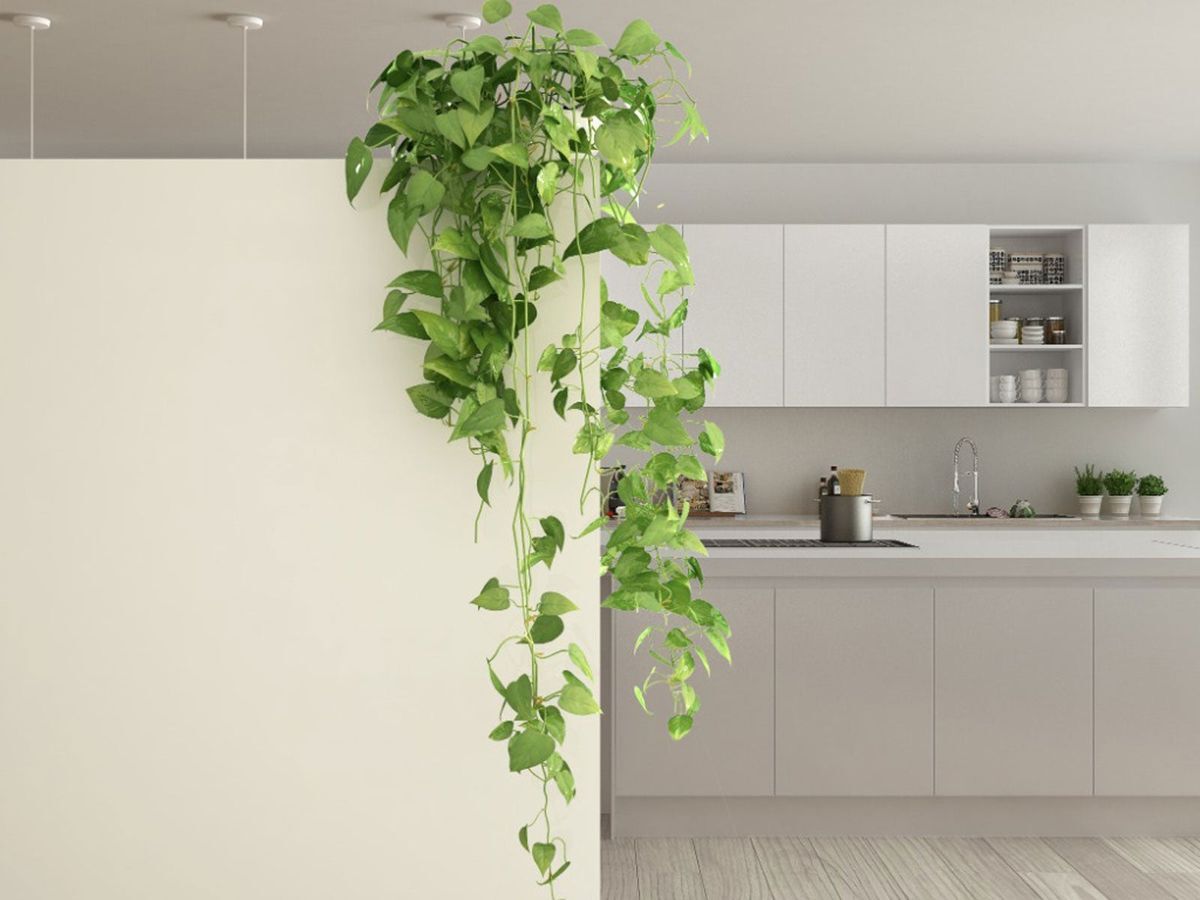
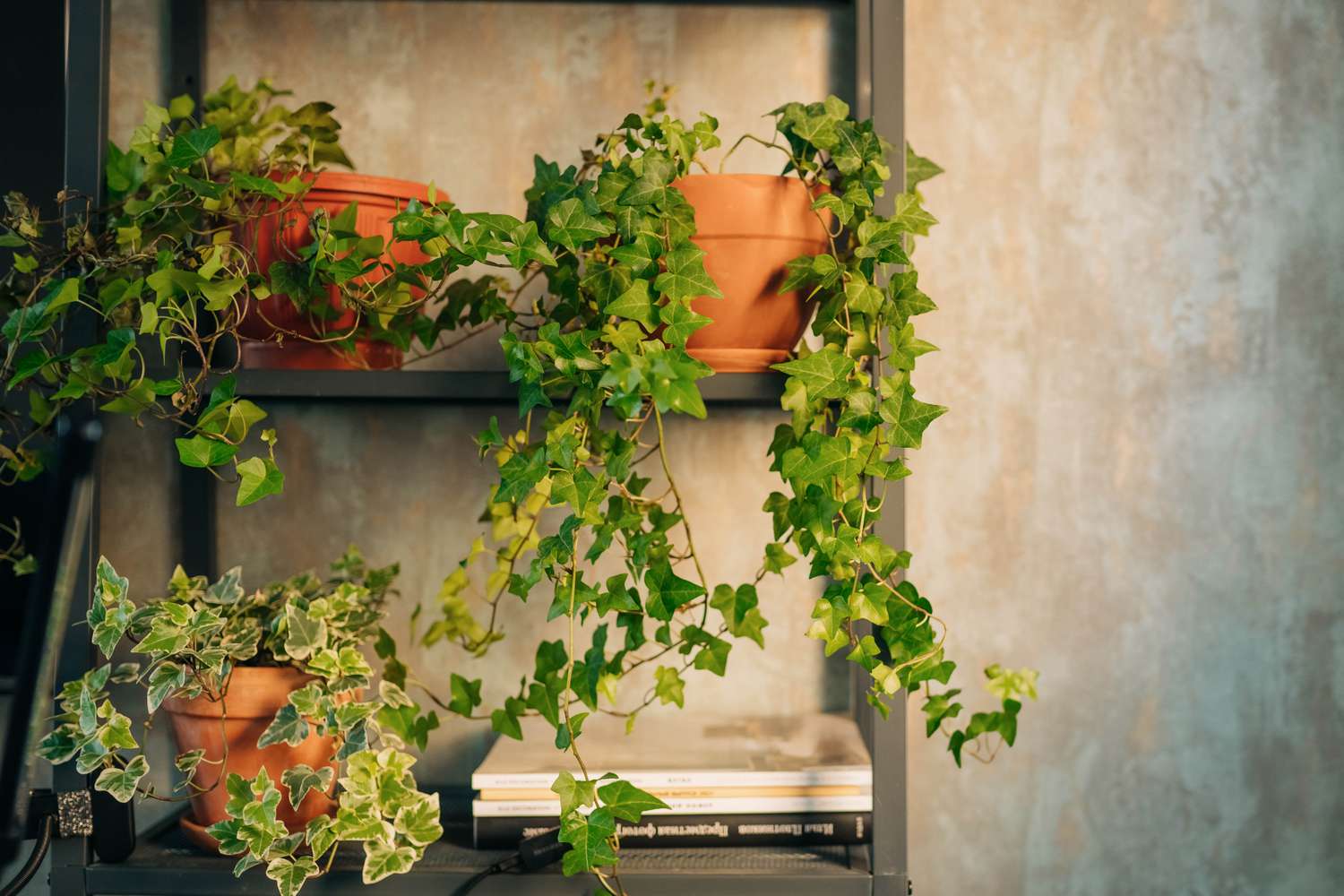
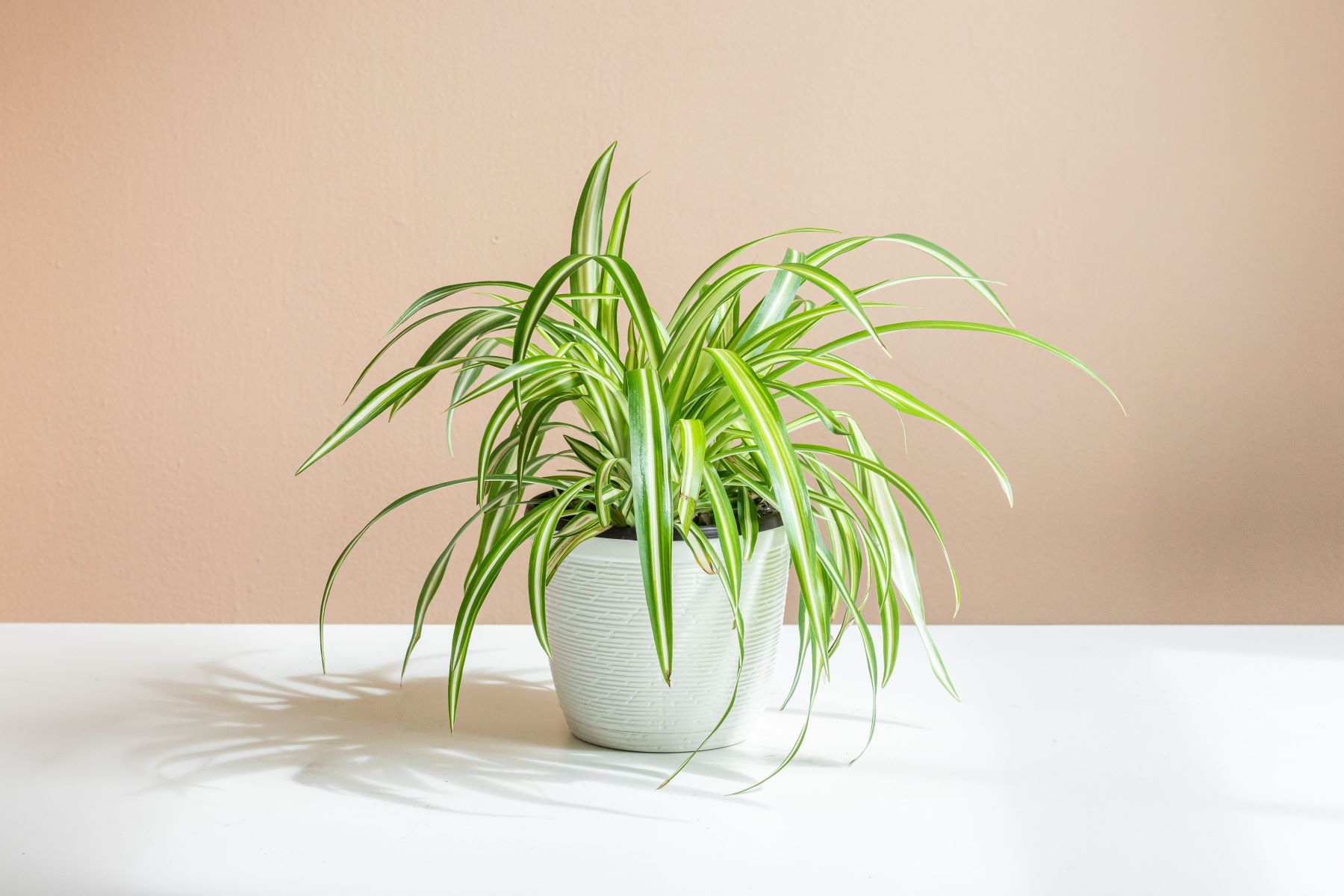
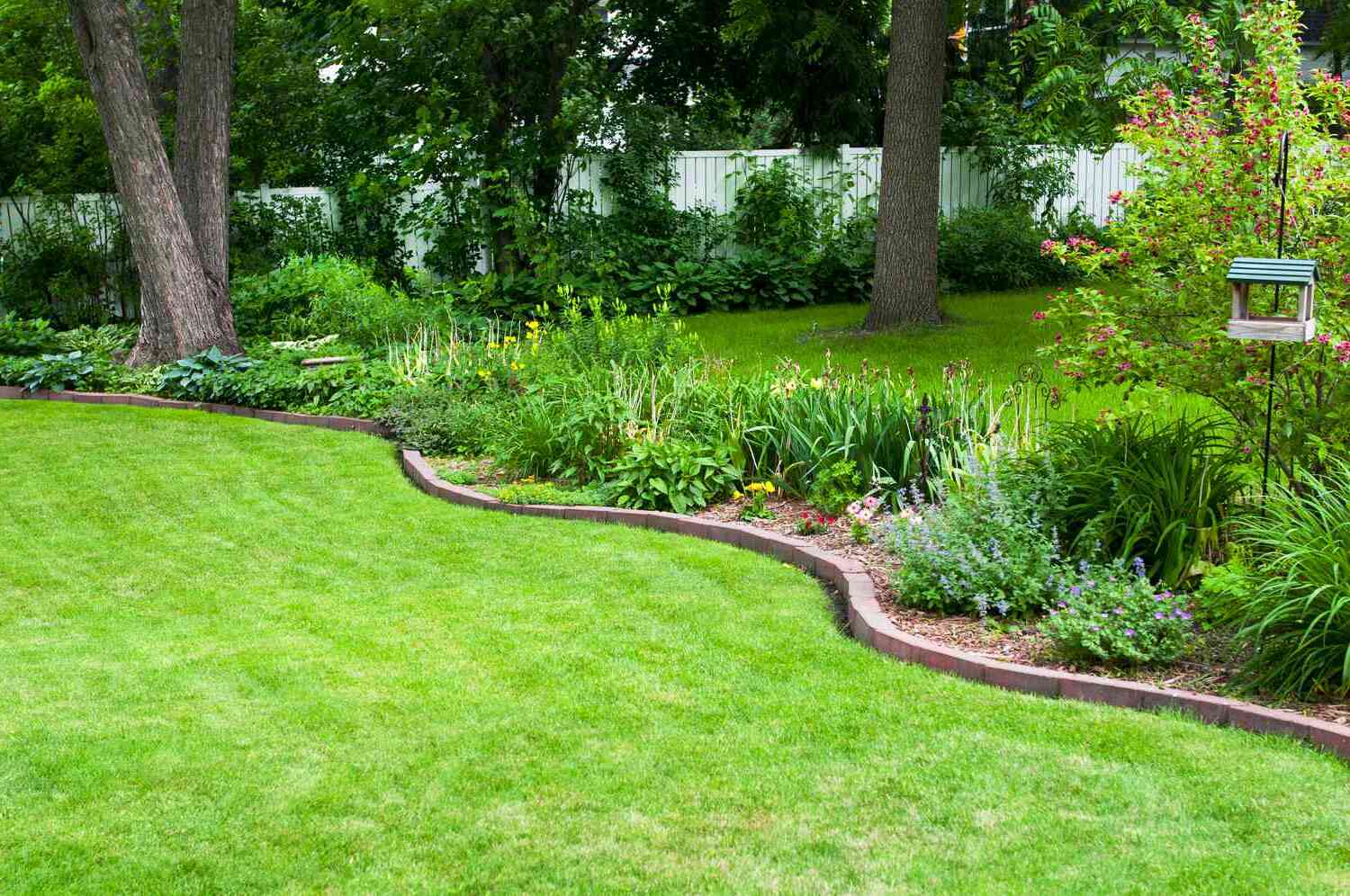

0 thoughts on “Garden Shade Ideas: Simple Design And Planting Tips”